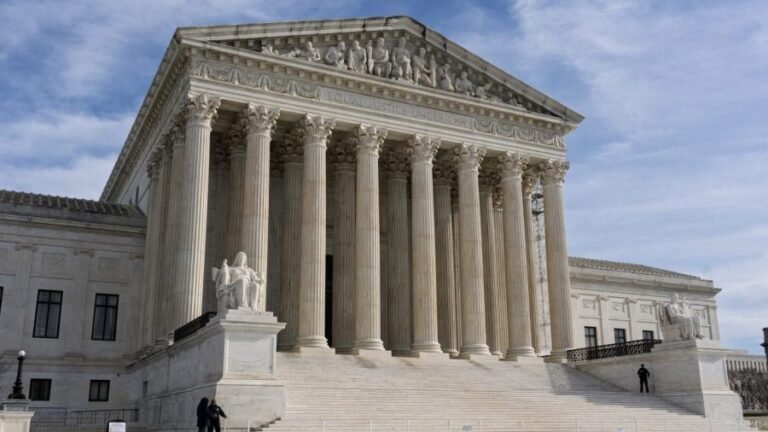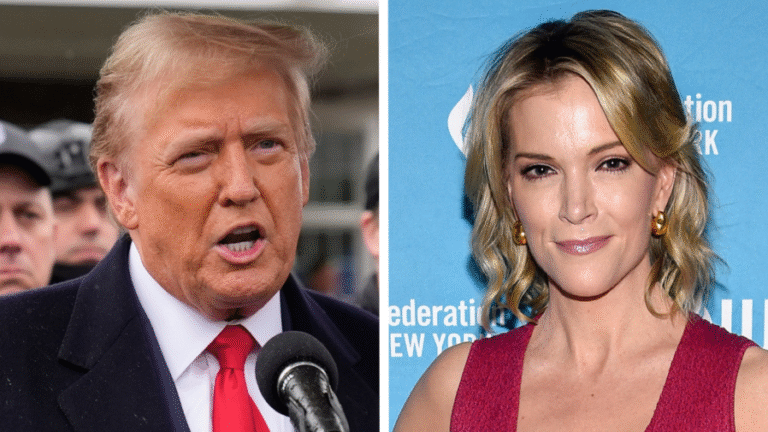
Congress’s tax-and-spending cut bill will receive an advertising campaign from a major business lobby as it faces widespread criticism for redistributing wealth and resources toward the upper strata of American society.
The U.S. Chamber of Commerce, one of the nation’s largest business lobbies, will run the six-figure campaign across various media in targeted states and Congressional districts, though the group didn’t specify in a Friday release where exactly those would be.
“The campaign will include a total of 32 billboards across the country and matching paid digital advertising. This initial ad buy will run for at least the next month with the intention to expand to additional states and districts,” the Chamber said.
The ads will mention 14 congressional representatives and two senators and will “[draw] attention to those Members of Congress who are not supportive of the bill,” the group said.
The campaign likely has an eye toward the 2026 midterm elections, which could take trifecta control of Congress and the White House away from Republicans, depending on the outcome.
Republicans are gunning for seats currently held by retiring Democrats in Michigan, New Hampshire and Minnesota and have vulnerabilities in the Senate in North Carolina and Maine.
The economy and languishing economic sentiment as a result of frequently changing White House tariff policies factor significantly in Republican’s 2026 strategy, according to reports.
Their goal is to “overcome negative economic sentiment by rekindling the energy Trump brings when he is on the ballot,” according to one report by NBC News based on interviews with about a dozen GOP strategists.
Public opinion surveys of Trump’s “big, beautiful bill” are hard to come by, but some show that the public does not view it favorably.
One survey by YouGov from earlier this month on the “budget proposed by Republicans and Donald Trump” found that 43 percent of Americans oppose it while 36 percent support it and 21 percent have no opinion.
Along party lines, 76 percent of Republicans support it and 80 percent of Democrats oppose it, according to that poll.
A different March survey by McLaughlin and Associates that was paid for by the Chamber of Commerce found that 64 percent of respondents favored extending the 2017 Trump tax cuts while 20 percent opposed it.
The 2017 tax cuts, which form the core of the current tax legislation now under consideration by the Senate, were opposed by the majority of Americans in Gallup polling from that year, with 56 percent of Americans disapproving and 29 percent approving.
The tax-and-spending cuts are heavily skewed toward the rich, according to many different analyses of the legislation.
The Congressional Budget Office (CBO) found that Americans in the highest tenth of the income distribution will gain wealth as a result of the bill, while those in the lowest tenth will lose wealth.
The tax cuts themselves, which would add $3.9 trillion to the deficit through 2034, are also much more advantageous to the wealthiest Americans, according to the Joint Committee on Taxation (JCT). There will be hundreds of billions more in cuts for top earners than for the many more Americans making closer to the median income of around $80,000 a year, the JCT found.
The legislation will kick millions off of public health insurance and food assistance programs, according to the CBO.
Some Republicans have voiced opposition to the policies in the bill on various grounds.
Sen. Josh Hawley (R-Mo.) has staked out territory as a defender of Medicaid, which his party’s bill would cut through increased reporting of work requirements – a barrier to the program by means of increased paperwork.
He wrote in a New York Times piece earlier this month that cutting health care for working poor people “is both morally wrong and politically suicidal.”
Rep. Thomas Massie (R-Ky.) attacked the bill — and voted against it — on the grounds that it was a ticking “debt bomb.”
All told, the legislation passed by the House could add in the ballpark of $2.3 trillion to the national deficit depending on how different parts of the bill interact with each other, estimates of which are forthcoming from the CBO.
That’s roughly $255 billion on a yearly basis, or about 7 percent of the total $36 trillion national debt stock per year.



